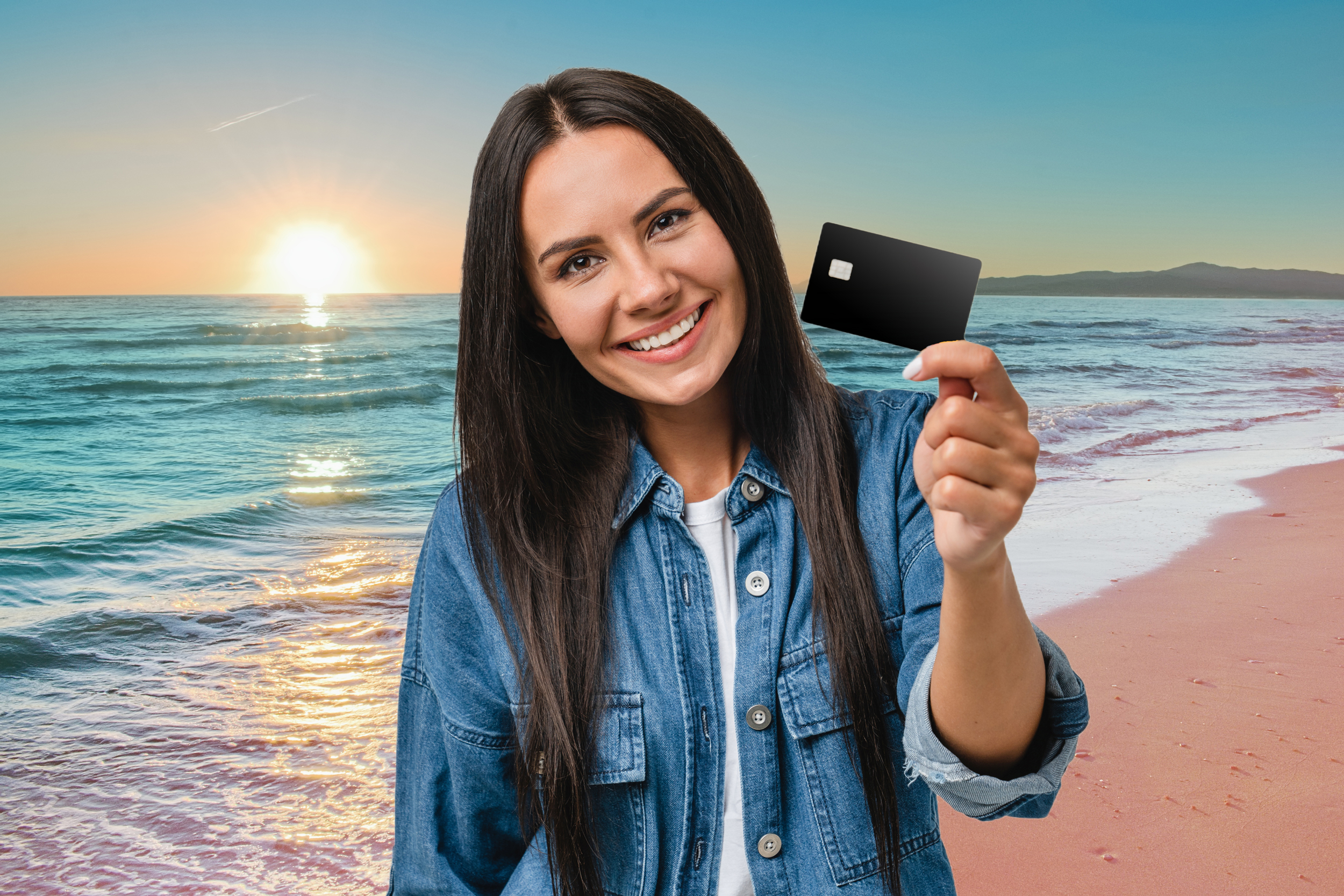Advertiser Disclosure: Eye of the Flyer, a division of Chatterbox Entertainment, Inc., is part of an affiliate sales network and and may earn compensation when a customer clicks on a link, when an application is approved, or when an account is opened. This relationship may impact how and where links appear on this site. This site does not include all financial companies or all available financial offers. Opinions, reviews, analyses & recommendations are the author’s alone, and have not been reviewed, endorsed, or approved by any of these entities. Some links on this page are affiliate or referral links. We may receive a commission or referral bonus for purchases or successful applications made during shopping sessions or signups initiated from clicking those links.
One of the main reasons people choose to go on a cruise vacation is the excitement of visiting other countries. Cruise ships, while limited to the ports they might visit, do manage to include quite a host of countries in their list of ports of call. However, there are a few things you should know about being abroad while on a cruise.

Taxes – In some countries, like the US, or many European ports, you’ll have to pay taxes on most services and products you purchase on board, while the ship is in port (in Europe, it would be called VAT). These taxes are mandatory regardless if you have an unlimited beverage package, or if you have prepaid Services Charges. These taxes are not assessed by the Cruise Line, but by the country where they are currently docked, so there’s no opting out.

Documentation – As mentioned in a previous article, bringing your passport along may sound like the logical thing to do if you’re going out in a foreign country, however, fight the urge to take it with you and leave it in the safe. Any picture ID will do. Children will only need the ship card.

Transit – While out in ports, especially if you’re not on a cruise shore excursion, be VERY aware of the way people drive, as cars may be coming from the opposite side of the road from what you’re used to. Unfortunately, accidents have actually happened due to this. This is not limited to cars, but also bike lanes.

Internet – If you’ll be in more than one or two ports of the same country, it may be a good idea to get a SIM Card from that country. That normally results in much cheaper data plans, however, keep in mind a few things. First of all, you must ensure your cell phone is not locked by your operator. The best way to check if your phone is unlocked is to try a SIM card from a different provider prior to your trip, or simply call your provider and check. When buying the SIM Card, make sure it is FULLY activated and ready to be used, as some countries require further activation after buying the SIM Card, and many times this activation will have to be done in a different language, or require a local ID number. This happened to me recently in Brazil, where a CPF number had to be provided. Fortunately, I had a friend who helped me with that, but SIM Card sales people may not be too eager to disclose these requirements. Also, make sure you turn on the Airplane Mode as soon as you come back on board, as many SIM Cards will take the Cruise Ship signal as roaming and eat up any credit you may have left, leaving you unable to use the remaining data while in port. We encountered this while in Italy, with the Tre SIM Card.

Currency – A few years ago we used to have a 12-day cruise, during which guests would have to use 5 different currencies according to the country we were visiting each day. No currency could be used alternatively, and this posed a huge inconvenience, as guests would have to find places to exchange money in each country, and exchange the remaining money back, also resulting in loss. You’d think US Dollars are widely accepted, and you’d be right… except if the local currency is Euro, then, your US Dollars are worth as much as Monopoly money. If you’ll rely on credit cards, make sure you use one that doesn’t charge a foreign transaction fee, and avoid ATMs at all costs. The fees are generally quite high, and there might be more than one for each transaction (from the ATM itself AND from your bank), aside from a very disadvantageous exchange rate. On the other hand, when it comes to debit cards if they do not charge an international ATM fee they can often provide competitive exchange rates and be more convenient than finding a currency exchange, just don’t withdraw more than you plan to use!

Time Zones – Most of the time, almost always, cruise ships will adjust the on board time to match that of the port they are visiting. They’ll make it very obvious each time this will happen, and A LOT more obvious if the time on board will be different from the one in port, although I’ve only ever encountered this in one port. Make sure you change the time forward or back properly, and do not (I repeat, DO NOT) rely on your cell phone changing time on its own, as it most likely won’t, due to the fact that cell phones rely on local networks to change time zones. I can’t even begin to explain how many guests I have seen miss their shore excursions due to this. The most reliable way to check the correct time, ideally after 2:00am the day of, as this is when the Bridge officially changes the time zone on board, is to check it on the ship phone (or “land” line).
Having all these things in mind will greatly help you make the most out of your international trip, and keep you away from undesirable situations. Enjoy! – ThatGuy
Advertiser Disclosure: Eye of the Flyer, a division of Chatterbox Entertainment, Inc., is part of an affiliate sales network and and may earn compensation when a customer clicks on a link, when an application is approved, or when an account is opened. This relationship may impact how and where links appear on this site. This site does not include all financial companies or all available financial offers. Opinions, reviews, analyses & recommendations are the author’s alone, and have not been reviewed, endorsed, or approved by any of these entities. Some links on this page are affiliate or referral links. We may receive a commission or referral bonus for purchases or successful applications made during shopping sessions or signups initiated from clicking those links.












We experienced the currency issue on a Baltic cruise in 2016. It was a bit challenging, but pre-pandemic I was able to go to an American Express Travel Agency and Currency Exchange and pick up fairly small amounts of reach currency in advance, at least in our area all of these locations have now closed. The cash was helpful for grabbing a glass of wine at a cafe or buying something in a craft market where CC’s weren’t always accepted.
We experienced the currency issue on a Baltic cruise in 2016. It was a bit challenging, but pre-pandemic I was able to go to an American Express Travel Agency and Currency Exchange and pick up fairly small amounts of reach currency in advance, at least in our area all of these locations have now closed. The cash was helpful for grabbing a glass of wine at a cafe or buying something in a craft market where CC’s weren’t always accepted.